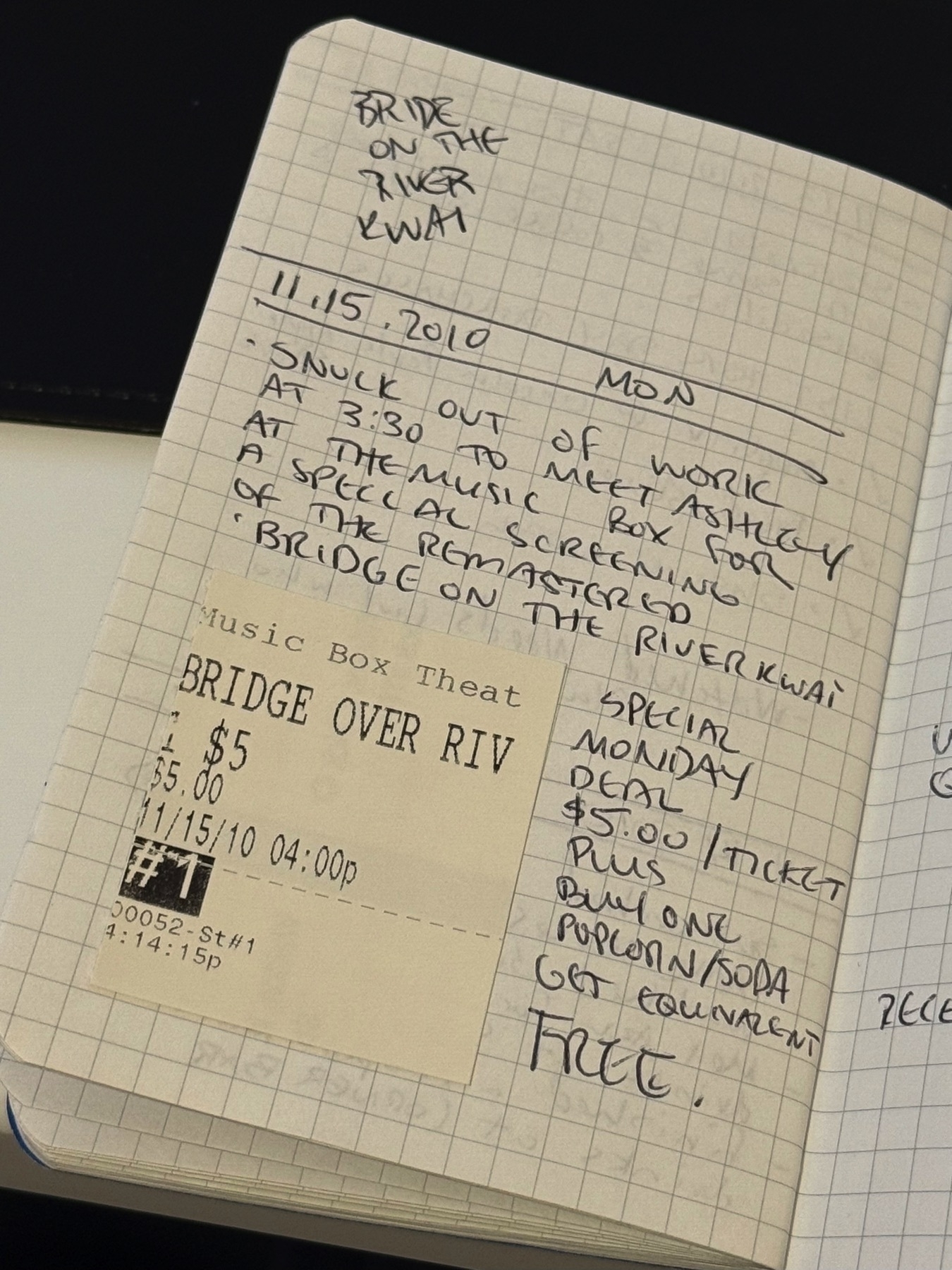I was never a sports fan, though in my youth I played sports and enjoyed watching them. And while living in Chicago, I made the rounds to see the Cubs and the White Sox, but never the Bears, and always preceded by a strong pregame of beer.
But last spring, when the Timberwolves were on their deepest NBA Playoffs run in decades, we took the bait and became season ticket holders after draining several perfectly-made Manhattans to the tune of them sweeping the Phoenix Suns in round one. The timing was perfect — we needed a new distraction, a new passion, a new activity. It was, in short, an epic bandwagoning event for us.
And so we watched them smash through a succeeding crazy seven-game series against the reigning Denver champions (a seventh game 20-points comeback in the fourth quarter that apparently has gone down in the annals of greatness), only to be crushed by [at the time] Luka Dončić’s Dallas Mavericks. But the high off stadium and fan energy, the players’ personas, and the stakes brought me into the fold in a way I wasn’t expecting.
Sure, making a financial decision in season-long tickets is an investment in the team, but it also helps that the Timberwolves have an enormously entertaining roster of characters (including one of the sport’s brightest young stars, Anthony Edwards), let alone the sport’s culture. We found basketball to be an uniquely pulsing constellation of music, apparel, thematic confidence, and weekly drama that echos a kind of reality television show. It has something for everyone, even if the officiating (as I’ve come to learn) is highly bureaucratic, and manipulatively biased at its worst.
And so we entered the 2024-2025 season with anxious excitement last fall, going to about 80% of the regular season games at Target Center, and making time to watch every single one broadcasted under the announcing by preeminent local Minnesotan sportscasters Michael Grady, Jim Petersen, and Katie Storm.
The Wolves had a disappointing first half of the season, beating great teams, losing to the worst teams, tallying a smattering of injuries, and most glaringly, suffering from misalignments with the restructured team (due to a wildly unprecedented trade of long-time Timberwolves star Karl-Anthony Towns for two New Yorkers right before the season start). Had we made a bad investment, or is this what sports fanaticism is like?
Suffice it to say, they turned it around in the new year, started to get healthy, started to gel, and came roaring into the Playoffs this spring to blast by the Lakers (who, according to the Lakers Industrial Media Complex, were supposed to destroy Minnesota in five, and ended up losing in five). We’re tied 1-1 with the Golden State Warriors, and having an absolute blast being part of the culture.
I guess the point of this is that, perhaps, a midlife crisis was to… tune into the most popular type of entertainment, and surprisingly, enjoy it? Banter, enthusiasm, and analysis for sports (or I’ll speak for Basketball, at the very least), can be as intelligent, introspective, and meta-conversational as any other art form. And that’s a rewarding thing to find out nearly four decades in.
Go Wolves.








